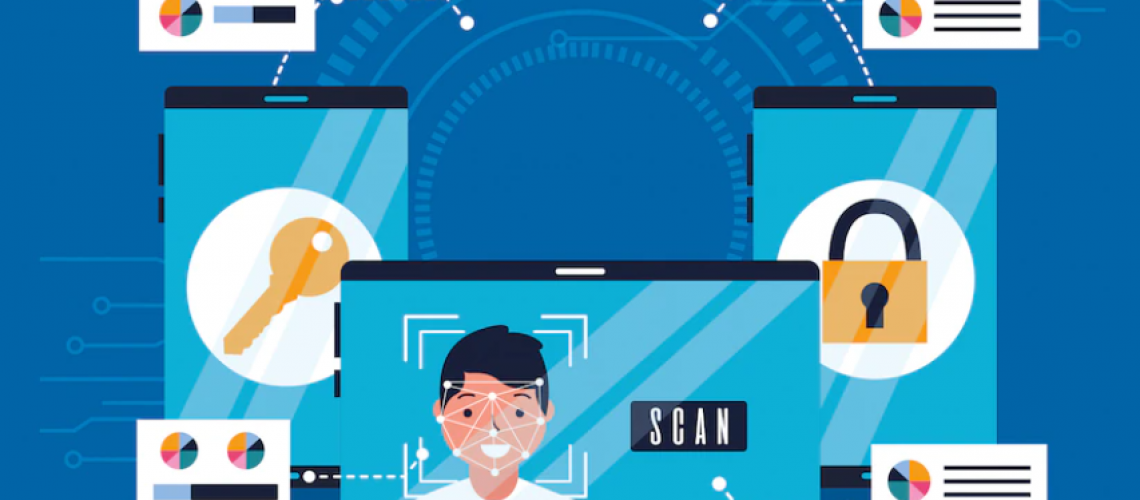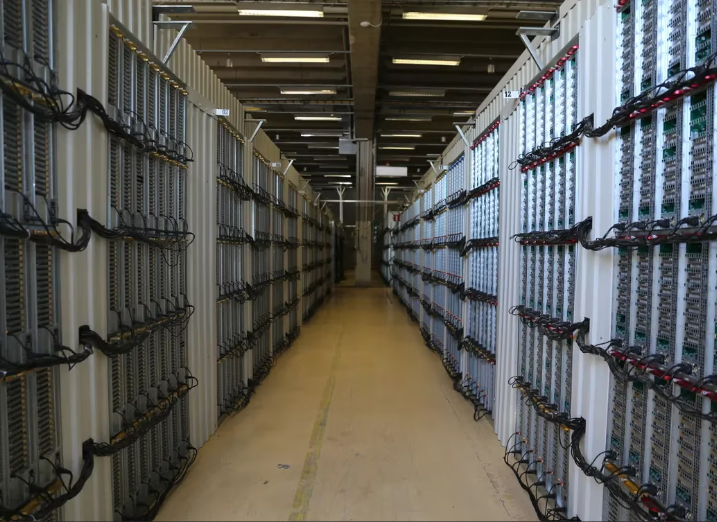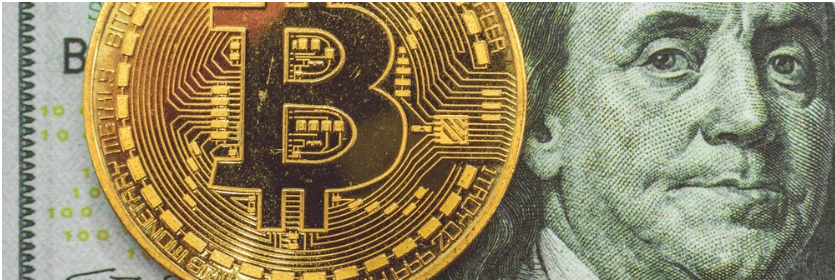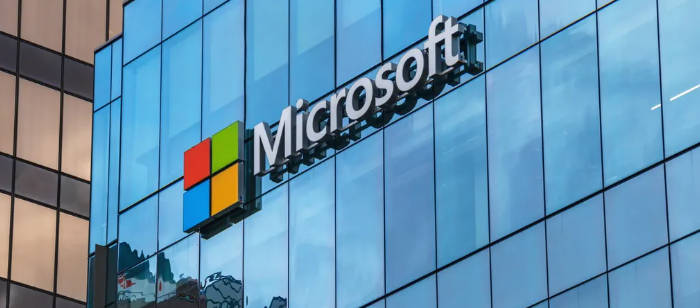Blockchain is a decentralized digital public ledger designed to record every data exchange on your network. Therefore, for the security of data exchange on the network, the blockchain flow is a process that verifies a user with a distributed ledger and also verifies the digital identity of the user at the same time to protect passwords and data. of the user, this process is known as Blockchain Authentication.
- Blockchain authentication refers to the system developed to increase the security of users and verify the identity of the user and allows users to connect to the resources found in digital currency technologies, transactions, cryptocurrencies, etc.
- It uses blockchain distributed ledger technology and authentication methods to enhance the privacy and security of authentication systems.
- An entire blockchain-based network is capable of its own data integrity.
- Personal information used to verify a user’s identity is stored in the block hash, such as the username or password. This will help achieve a self-sovereign identity.
This article focuses on discussing the following topics in detail:
- Blockchain authentication examples.
- What is 2-factor authentication?
- How does 2-factor authentication work?
- Why is 2-factor authentication important?
- Blockchain for 2 factor authentication.
Examples of Blockchain Authentication
Here are the five areas where Blockchain Authentication is used:
- Financial Transactions: Block chain technology can be applied to all financial transactions. Thanks to the blockchain, financial security has been greatly improved. Basically, the blockchain technology was developed to process and record all the transactions on its network. Today, many banks are starting to use blockchain technology to improve the security of payments and transactions.
- Supply Chain: Blockchain supply chain can help participants record relevant information such as price, date, location, quality, certification, etc., to manage the supply chain more effectively. The availability of this information within the blockchain can improve the traceability of the material supply chain. Reduce counterfeit and gray market losses, increase visibility and compliance of outsourced contract manufacturing, and potentially strengthen the company’s position as a leader in responsible manufacturing.
- Healthcare: The traceability of medicines is very important in health since the pharmaceutical industry is one of the most affected by counterfeiting in the world. Blockchain technology is helping the pharmaceutical industry to securely track drug shipments to combat counterfeiting, which is a major concern in the healthcare industry.
- Cybersecurity: Cybersecurity is the protection of computer systems and networks against digital attacks and the protection of sensitive data in computers or databases. In cybersecurity, Blockchain can provide advanced security controls by using public key infrastructure to verify the identities of parties and encrypt their communications. Public key encryption in blockchain networks helps maintain user confidentiality.
- Personal Identity – Since identities are decentralized on the blockchain ledger, blockchains give end users more control over their digital identities. Blockchain provides immutable records for forensic and identity management purposes. Due to the decentralized nature of blockchain technology, the data cannot be tampered with. Therefore, personal identities are safe on the blockchain.
What is 2 Factor Authentication?
2-Factor authentication provides an extra layer of security by adding one more layer of security to the existing security layer. 2-factor authentication involves the user entering the username and password combination, and instead of gaining direct access to the account, the user will be prompted for one of the following information:
- Something you have: This involves authentication based on card details (credit/debit card), hardware token, software token or smartphones.
- Something you know: This involves the user answering some additional information, such as the answer to a secret question or PIN (Personal Identification Number).
- Something you are: This involves authentication using biometrics such as keystroke behavior, fingerprints, retina, handprints, etc.
How does 2-Factor Authentication Work?
A 2FA occurs in the following steps:
- Enter Username and Password – In this step, the user is asked to enter the username and password
- Validate username and password – The authentication server validates the username and password, and if the credentials are correct, then the user is eligible for second-factor authentication.
- Second Factor Authentication – In this step, the user will enter details based on the chosen second authentication mechanism.
- Validate second-factor authentication – The authentication server will validate the additional authentication information provided by the second factor device and confirm the identity of the user.
Let’s understand the above process using a simple example where the user tries to log in to a social media account.
Step 1: Enter Username and Password: The user will enter the username and password.
Step 2: Validate the username and password: The authentication server has validated the username and password and the credentials are correct. The user is eligible for second factor authentication than PIN in this case.
Step 3 – Second Factor Authentication PIN – The user will enter the 4-digit PIN.
Step 4 – Validate Second Factor Authentication – The PIN entered will be verified by the authentication server and if correct, the user will be granted access to the account.
Why is 2-Factor Authentication Important?
There are several benefits to using 2-factor authentication:
- Increased security – 2-Factor authentication adds an extra layer of security to existing security practice. Even if the hacker gains access to the username and password, it will not be easier for the hacker to gain access to the second information like OTP or any biometrics to access the account. Thus reducing the risk of attack on the account.
- Increased productivity: 2-factor authentication allows employees to access corporate documents and third-party systems from any device without sharing sensitive information.
- Fraud reduction: Most fraud victims avoid visiting the websites from which they experienced fraud even though the retailer is unaware of the fraud or we can say they were not responsible for the fraud. Using 2-factor authentication on website login and checkout pages helps reduce such fraud and makes customers feel safe and trustworthy.
- Increased Trust: 2-Factor authentication helps employees access corporate data from anywhere and helps users purchase products from e-commerce websites securely, building trust among users that their account is protected and hack-proof. Building trust is the most important thing to build a long-term customer network.
Blockchain for 2-Factor Authentication
The following points tell us how blockchain can improve the privacy and security of authentication systems.
- Data security and integrity: Blockchain provides excellent data security and integrity due to its decentralized architecture. Blockchain uses hash technology to securely store information on your ledger. With no critical attack points to hack into systems, this means database breaches are no longer a significant threat to identity systems.
- Control over digital identities – Since identities are decentralized on the blockchain ledger, the blockchain gives its end users more control over their digital identities.
- Immutable Records: Blockchain provides immutable records for forensic and identity management purposes. Due to the decentralized nature of blockchain technology, data cannot be tampered with, so any changes are reflected across all nodes of the blockchain networks, thus the blockchain becomes more secure. since no one commits fraud on blockchain networks.
- Take advantage of decentralization: Blockchain is a decentralized technology that allows transactions between multiple parties without the involvement of third parties. Using blockchain, sensitive information can be kept on multiple nodes in the blockchain network instead of being kept in a database.














